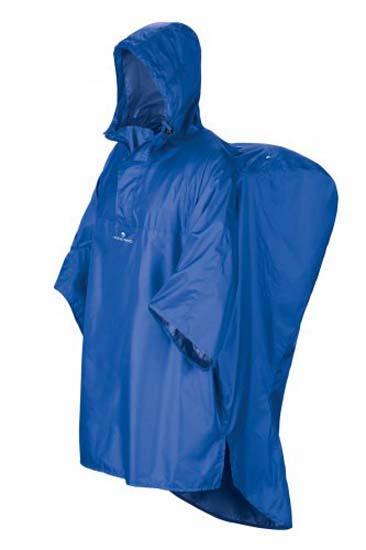The three big no-nos are :
-- camping on someone's land without their permission, works the same as far as camping on the outskirts of a village without their permission goes (Spanish
pueblos may have a camping ground, sometimes they're even free)
-- lighting a fire (heating stuff up with a small camping stove can be OK)
-- littering
So as long as you set up where you're not bothering anyone, and don't stay more than one night, then it's more or less tolerated, particularly on a
Camino.
I don’t know how well that 10% weight rule really works for women. Obviously lighter the better but there are plenty of women across the world regularly carrying small children on their backs all day who will weigh far more than 10% of their mother’s body weight.
It really is just a rule of thumb, not a "rule" as such, for people of "average" height or smaller.
So it's a good enough guideline for, say, a family with children, to work out
roughly what each can carry.
But if you're 6'2" to 6'4", then 10% of your body weight is likely to be
far too heavy for a
Camino ; conversely, if you're a woman shorter than average but actually rather strong, 10% may be too conservative as an absolute limit.
And anyway, what feels comfortable in practice will always outstrip any sums worked out on the back of an envelope.
I usually end up carrying more weight than I'd like (but when I was younger I travelled
very light) -- my own personal rule is, if I can't hold my pack up with a single outstretched arm, then it's too heavy and I have to ditch something prior to departure.
Oh, and don't bother too much with concerns about the extra weight of food and water, though if you're planning on carrying a water flask then do count that (full, not empty) -- generally, it's extra weight, not basic weight ; and a
Camino is not wilderness hiking, but a civilised pilgrimage through indeed some wilderness, but even more countryside, villages, towns, some cities. You'll be buying food on an almost daily basis, even assuming that you never partook of an el cheapo
menú del peregrino (which sounds unlikely), so that food weight can be quite minimal indeed.
---
Great post by alexwalker, though the need for the social aspect varies from one person to the next ; for some it will be a primary aspect of the Camino, some secondary, and for some others (like myself) just tertiary. I've never come across a Pilgrim for whom it was completely absent though ; after all, even we loners are social animals. But yes, in light of what alex and others have suggested, it may be a good idea to see how many
albergues the gardens/back lawns of which you might be able to pitch your tent on. My understanding is that those that will let you also often grant a discount on the price, as you're basically paying only for use of the kitchen, shower, and bathroom ; whereas you're also freeing up a bed for somebody else.


























